Smaller than a Kangaroo
The taxonomic classification of wallabies is informal, and not universal. Wallabies are macropods smaller than a kangaroo, though this distinction is drawn entirely off their size. By this simple definition, a range of macropods can be classed as wallabies including Quokkas, Pademelons, and Wallaroos, however whether these should be considered wallabies is disputed. There are generally considered to be around 30 species of wallaby.
Mob Life
Some wallaby species are mostly solitary whilst others live in groups called mobs. They feed on a range of low-lying vegetation, though grass is the main food source for most wallabies. Some species can survive on very little water, getting most of it from their diets. Thick undergrowth can provide cover from predators, and their agile hops allow a quick escape even in uneven or rocky terrain.
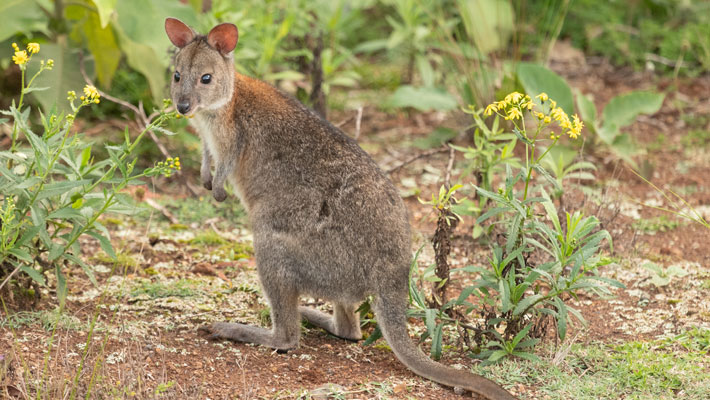
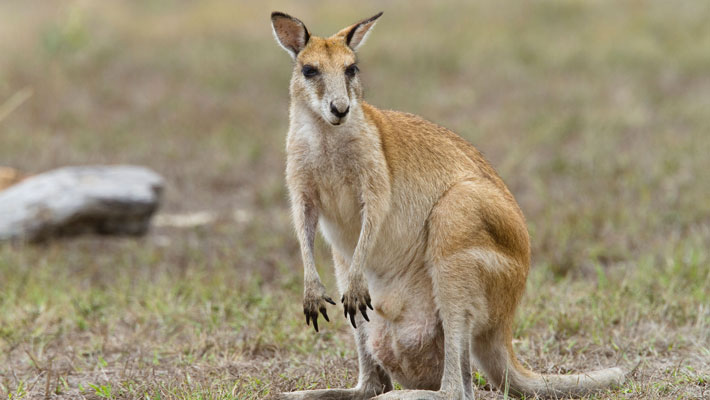
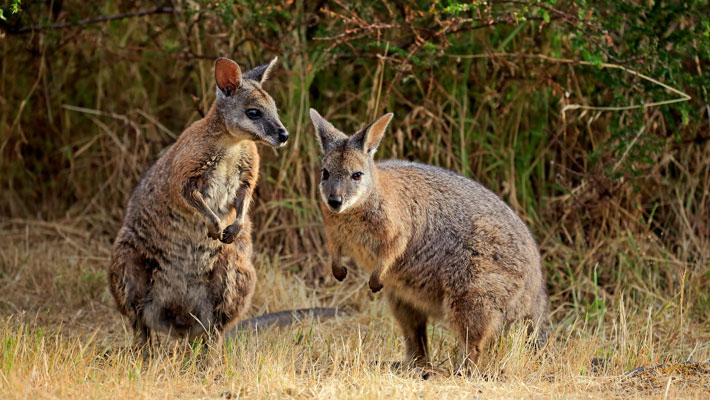

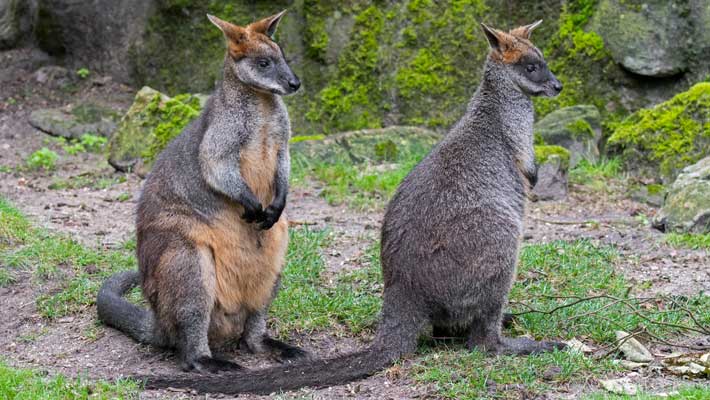
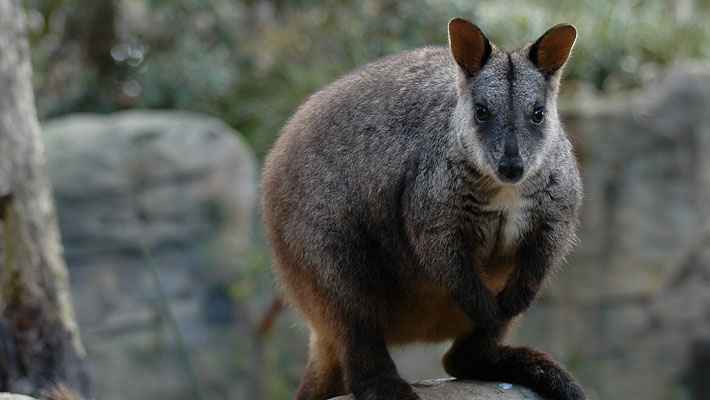
Globe-Hopping
Wallabies are endemic to Australia and New Guinea, yet due to humans can now be found in several other countries around the world. True survivalists, self-sustaining wallaby populations have established themselves across diverse habitats and climates in France, Hawaii, the UK, Ireland, and New Zealand, after deliberate or accidental release. Most of these populations remain relatively small and innocuous, however New Zealand’s invasive population has boomed to over a million wallabies, causing significant harm to local ecosystems and wildlife.
Hopping through a Changing Landscape
The Australian landscape has undergone significant changes since European settlement, including deforestation, livestock grazing, and introduced predators like foxes. Some species have been able to tolerate these changes, including the Tammar Wallaby, Swamp Wallaby, and Red-necked Wallaby, which all maintain large populations. Other wallabies like the Nabarlek and the Proserpine Rock-wallaby have been pushed to the brink, and at least two species have been lost. Protecting and re-wilding habitat and reducing invasive predators and competitors can help preserve remaining wallaby populations.
Come and meet us
Meet our Wallabies in both Nura Diya Australia at Taronga Zoo Sydney and the Australia precinct at Taronga Western Plains Zoo